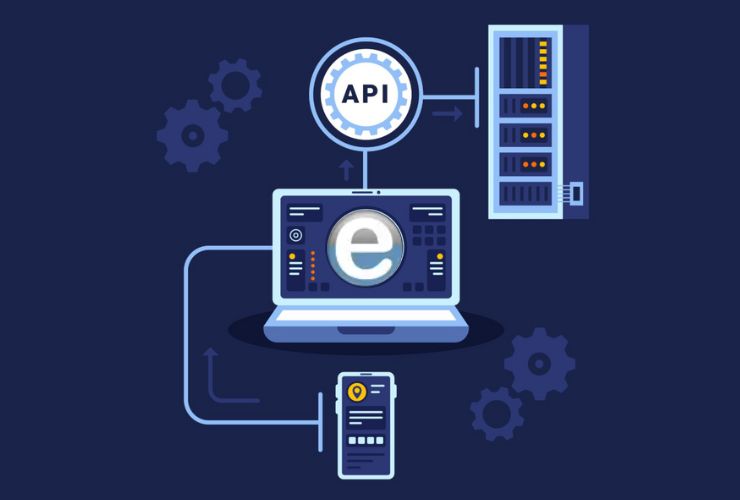Node.js is widely used for developing high performance web applications. However, like other platforms, Node.js also faces various kinds of security vulnerabilities. Knowing these and taking measures to counter these will keep your application safe along with securing your data. Now, let’s look into some of the most common Node.js security risks and their countermeasures.
1. XSS Vulnerabilities in Node.js
This is Cross-Site Scripting where attackers inject malicious scripts in your application targeting unsuspecting users. This usually occurs when the user input is not sanitized.
How to prevent it:
- Always sanitize user input.
- Use libraries like helmet.js to set security-related HTTP headers.
- Implement Content Security Policy (CSP) to restrict resources that can be loaded on your site.
2. Injection Attacks (SQL Injection)
Injection attacks are such where attackers inject malicious code to your database queries, which compromise sensitive data. SQL Injection is one of the most common types of injection attacks.
How to Prevent it:
- Make use of Prepared Statements or parameterized queries handling user inputs securely.
- Avoid usage of raw SQL queries. Utilize ORM Libraries like Sequelize, Mongoose
3. Insecure Deserialization
Insecure deserialization is a situation whereby untrusted data is used to reconstruct objects in your Node.js application. This may be exploited by attackers in order to manipulate your data or even be able to run some arbitrary code.
How to prevent:
- Validate and sanitize serialized data.
- Avoid deserializing untrusted or user-provided data whenever possible.
4. Denial of Service (DoS) Attacks
Denial of Service attacks target your application with many requests so it cannot provide service to genuine users.
How to avoid it:
- Implement rate limiting by using tools like express-rate-limit, which can limit the number of requests a user makes within a given timeframe.
- Use services like Cloudflare because they can filter malicious traffic.
- Optimize your application to handle the amount of incoming requests effectively.
5. Security Misconfiguration
Improperly configured settings lead to several security vulnerabilities. For example, enabling debug mode in the production environment or accidently leaking secret environment variables introduces a big danger. Review your configuration settings in detail so your app remains safe while making transitions from the development phase to production phase.
How to avoid it:
- De-activate the debug mode on a production level.
- Sensitive data should be used with environment variables and stored in a .env file.
- Regular auditing of server and application configurations
6. Unvalidated Redirects and Forwards
Vulnerability: With the assistance of some malicious redirects your application can provide entry to harmful sites or will extract sensitive data from the site.
How to prevent it
- Keep away from using an unvalidated redirects
- Validate destination URL before actually redirecting users in case of unvalidated redirects is needed.
7. Using Outdated Dependencies
Outdated dependencies and packages are the commonest source of vulnerabilities in a Node.js application. This is because older versions may contain some security flaws fixed in later versions. Thus, one needs to frequently update the dependency in order to be safe from known vulnerabilities and make the most from the new security patches.
How to prevent:
- Update your version of Node.js and the dependencies regularly.
- Tools, including npm audit should scan for vulnerabilities in your packages
- Make use of automated tools such as Dependabot; all your dependencies are updated
8. Exposing Sensitive Data
An attacker will look to exploit the sensitive data present in your application and logs, API keys or even passwords/tokens.
Prevention
- Encryption: use TLS/SSL when encrypting data on transit
- Store sensitive information in secure vaults like AWS Secrets Manager or Azure Key Vault.
- Lock logging of sensitive information.
Conclusion
Security for Node.js applications will require ongoing and continued work to keep on this with effort and diligence, and as needed, updated frequently. Active management of these risks discussed above, and application of best practices will ensure a low possibility of your application’s compromise. You will have to remain vigilant for newly emerging threats and adjust your security measures accordingly. By keeping your defenses up-to-date, you’ll be better equipped to protect both your app and its users from potential vulnerabilities.














